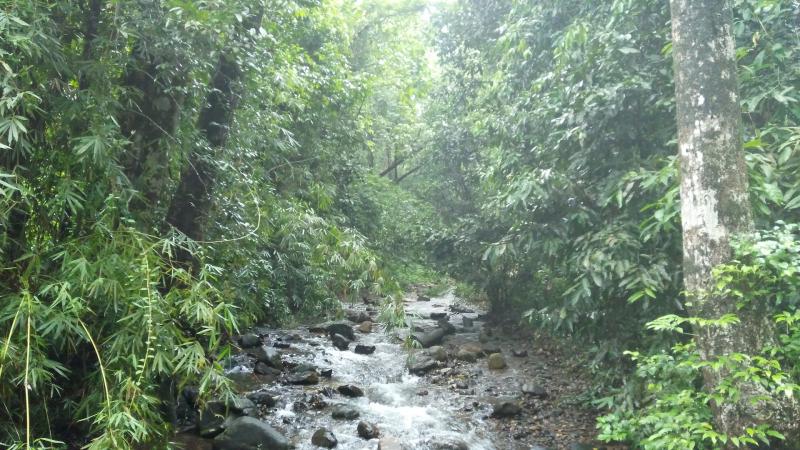
Did you know that the world has lost over half of its tropical forests due to logging for commercial plantations, forest fires and diseases, since 1960? Currently, it is known that nearly 8 million hectares of tropical forests are lost per year, severely affecting biodiversity, as tropical forests are home to over half of global biodiversity, and impacting the lives of 1.6 billion people. However, in human-dominated landscapes, restoration of degraded forests offers hope for reversing such losses and aiding in the recovery of these forests.
Restoration efforts include reforesting by growing native tree species in areas that were once forests—either by planting saplings or by allowing degraded forests to regrow naturally without human intervention. The former strategy is called active restoration, and the latter is referred to as passive restoration. In a recent study, published in the journal Ecosphere, researchers from Columbia University, USA, and Nature Conservation Foundation, Mysore, have assessed the effects of active restoration in fragmented rainforests of the Western Ghats. This study was funded by the Science and Engineering Research Board (SERB) and the Rufford Small Grants Foundation.
The researchers used biological indicators of rain forests, like tree density, canopy cover and the height to diameter ratio of trees, to study the effects in the forest patches of Valparai, Tamil Nadu. The Valparai plateau, a part of the Anamalai Hills, is a human-modified landscape. Here, tropical evergreen rainforests were subjected to extensive deforestation between 1890 and 1940 for commercial purposes such as plantations. Whatever parts of the rainforest survived are highly fragmented, and degraded by past commercial logging operations and ongoing firewood collection for local use. Since 2000, many plantation companies have supported restoration efforts by removing weeds and planting native tree saplings in these forests.
The study evaluated eleven biological indicators from forest patches regenerated using both active and passive strategies to estimate the effects of these strategies on the carbon storage potential of the trees. They compared these efforts to the intact rainforest patches in the region. The results showed that active restoration was better than the passive recovery at varying levels.
The researchers started with a hypothesis that the effects of active restoration increase with an increase in the distance of restored sites from the relatively intact rainforests.
“One reason for this is that frugivorous animals, like monkeys and hornbills, are less likely to visit and disperse tree seeds into isolated forest fragments, than into fragments that are closer or better connected to contiguous forests,” says Dr Anand M Osuri. He is a researcher at Columbia University, USA, and an author of the study.
The results showed that actively restored sites have a positive and consistent effect on rainforest recovery than their passively restored counterparts. They exhibited greater tree diversity, and higher densities of vital tree species as active restoration includes removal of non-native invasive weeds such as Lantana before planting native trees. These sites had 14 tree species on an average per 0.04 ha plot, while the naturally regenerated sites had only eight. This finding is consistent with the hypothesis stated by the researchers where the effects of active restoration increase with an increase in distance from intact, contiguous forests.
The researchers also found that actively restored sites were better by 47% at above-ground carbon storage—the amount of carbon sequestered by the above-ground tree parts—after 7-15 years of restoration. Carbon storage is crucial to satisfy climate mitigation goals where trees can be planted to sequester carbon.
Although active restoration builds the hope that someday, the rainforests may gain their lost glory, invasive plants still pose a problem.
“We found that invasive species continue to thrive in the understorey of restored forests,” says Dr Osuri. In future studies, the researchers aim to “understand why this is the case, and what can perhaps be done to improve regeneration of native species over invasives.”
For successful forest recovery, it is critical to understand the effects of restoration programs in the long run.
“A study of this kind can shed light on the effectiveness (or lack thereof) of such ongoing restoration efforts,” says Dr Osuri. “We would aim to repeat this kind of study every few years to get a better understanding of the extent and rate of recovery of different parameters in the longer term,” he concludes.
This article has been run past the researchers, whose work is covered, to ensure accuracy.





